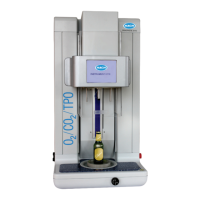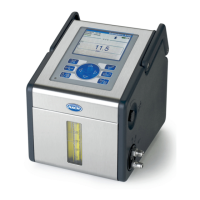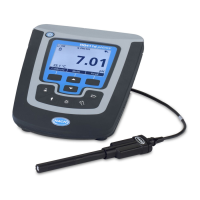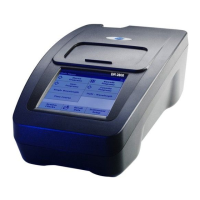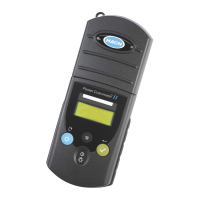4
General Information
1.2.2 Safety recommendations
For safe operation, please read the entire manual before unpacking, setting up, or operating this
instrument. Pay particular attention to all warning and caution statements. Failure to do so could
result in serious injury to the operator or damage to the equipment.
To ensure the protection provided by this equipment is not impaired, do not use or install this
equipment in any manner other than that which is specified in this manual.
The instrument normally runs on battery power but can use an external power supply by
connecting it through the supplied adapter to an external power socket. To disconnect the
external power, unplug the adapter from the external power socket. Once disconnected the
instrument will revert back to battery power.
WARNING
When using an external power supply to power the instrument, ensure the external
power socket is earthed.
WARNING
In accordance with safety standards, it must be possible to disconnect the external
power supply of the instrument in its immediate vicinity.
1.2.3 Safety precautions
The 3100 Oxygen Analyzer is powered with a lithium battery pack. To ensure the safe use of
this instrument, read and pay close attention to the safety related information that follows.
When using the analyzer (also includes storage):
WARNING - Fire, Explosion, Burn Hazard.
• The temperature range over which the battery can be used, stored or discharged is -10
to 60°C. Use of the battery outside of this temperature range may result in:
• Damage to the analyzer's battery, resulting in a potential fire hazard from a battery
rupture and electrolyte leakage, and
• Reduced battery life expectancy
• Immediately discontinue use of the instrument if, while using or charging the battery,
the battery emits an unusual smell, smoke or the enclosure feels unusually hot to the
touch. Contact your Hach Service Center, if any of these problems are observed.
• In the event of a battery electrolyte leakage from the enclosure, avoid contact of the
electrolyte with the eyes. Do not rub the eye. Rinse well with water and immediately
seek medical care. If left untreated the battery fluid could cause damage to the eye.
• Never place the analyzer and its batteries in microwave ovens, high-pressure
containers, or on induction cookware.
WARNING - Fire, Explosion, Burn Hazard.
• Use of the analyzer should immediately be discontinued if the battery compartment is
exposed to moisture or flooding due to leakage, wear or misuse.
• Misuse of the analyzer may cause the internal battery to get hot, explode, or ignite and
cause serious injury.
• Do not expose the internal battery to any liquid such as water, beer or salt water, or
allow the battery to get wet.
• Do not disassemble or modify the analyzer or its battery. The internal battery pack
contains safety and protection devices which, if damaged, may cause the battery to
generate heat, explode or ignite.
• Do not place the battery/instrument on or near fires, stoves, or other high temperature
locations (above 60°C). Do not place the battery/instrument in direct sunlight, or use
or store the battery inside cars in hot weather. Doing so may cause the battery to
generate heat, explode, or ignite. Using the battery in this manner may also result in a
loss of performance and a shortened life expectancy.
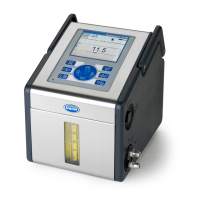
